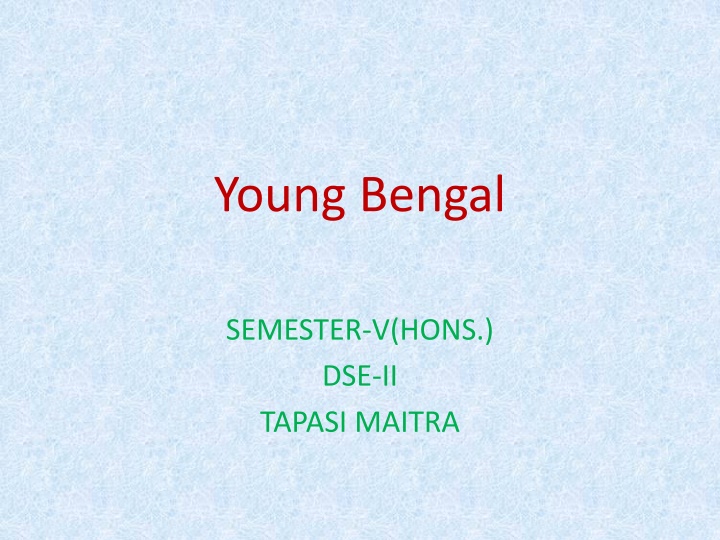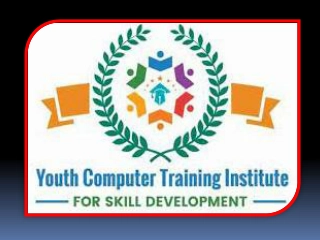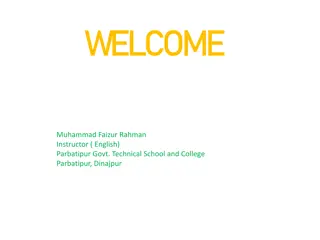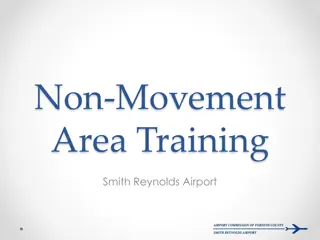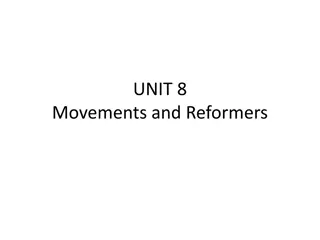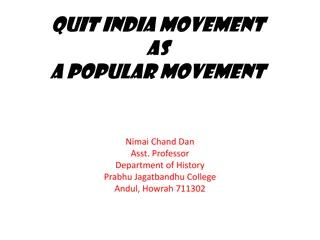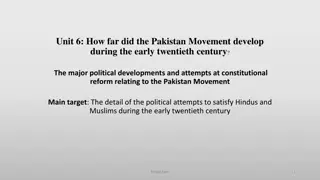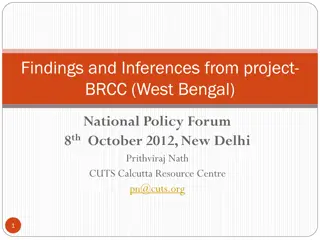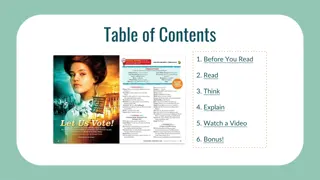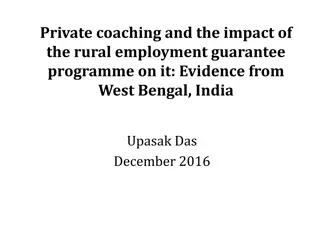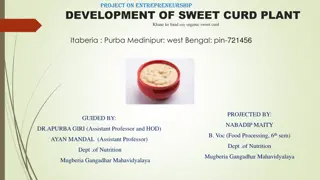Young Bengal Movement: Historical Overview
The Young Bengal Movement was a significant chapter in Bengali history, led by free thinkers inspired by Derozio. Despite facing challenges like societal resistance and lack of mass connections, the movement left a mark by following classical economics and publishing influential journals.
Download Presentation

Please find below an Image/Link to download the presentation.
The content on the website is provided AS IS for your information and personal use only. It may not be sold, licensed, or shared on other websites without obtaining consent from the author.If you encounter any issues during the download, it is possible that the publisher has removed the file from their server.
You are allowed to download the files provided on this website for personal or commercial use, subject to the condition that they are used lawfully. All files are the property of their respective owners.
The content on the website is provided AS IS for your information and personal use only. It may not be sold, licensed, or shared on other websites without obtaining consent from the author.
E N D
Presentation Transcript
Young Bengal SEMESTER-V(HONS.) DSE-II TAPASI MAITRA
Henry Louis Vivian Derozio Founder
The Young Bengal was a group of Bengali free thinkers emerging from Hindu College, Calcutta. They were also known as Derozians, after their firebrand teacher at Hindu College, Henry Louis Vivian Derozio.
Derozians Dakshinaranjan Mukherjee Hara Chandra Ghosh Krishna Mohan Banerjee Peary Chand Mitra Radhanath Sikdar Ramgopal Ghosh Ramtanu Lahiri Rasik Krishna Mallick Sib Chandra Deb
The Young Bengal Movement peripherally included Christians such as Reverend Alexander Duff (1809 1878), who founded the General Assembly's Institution, and his students like Lal Behari Dey (1824 1892), who went on to renounce Hinduism. Latter-day inheritors of the legacy of the Young Bengal Movement include scholars like Brajendra Nath Seal (1864 1938), who went on to be one of the leading theologians and thinkers of the Brahmo Samaj.
The Derozians however failed to have a long term impact. Derozio was removed from the Hindu college in 1831 because of radicalism. The main reason for their limited success was social conditions prevailing at that time which were not ripe for adoption of radical ideas. Further, they did not link masses through peasant causes.
Young Bengal followed classical economics and was composed of free traders who took inspiration from Jeremy Bentham, Adam Smith, and David Ricardo Derozio and the Young Bengal group set two establishments and published journals that played a role in the Bengal Renaissance.
Academic Association Derozio joined Hindu College in 1826 and within a short period attracted students. The Academic Association was established in 1828 under the guidance of Derozio and settled down in Maniktala. Derozio was its president. One of his students, Uma Charan Basu, was its secretary. The principal speakers in the association were: Rasik Krishna Mallick, Krishna Mohan Banerjee,Ramgopal Ghosh, Radhanath Sikdar, Dakshinaranjan Mukherjee, and Hara Chandra Ghosh. Amongst its organisers were Ramtanu Lahiri, Sib Chandra Deb and Peary Chand Mitra.
Prominent members Krishna Mohan Banerjee (1813 1885) Tarachand Chakraborti (1805 1855) Sib Chandra Deb (1811 1890) Hara Chandra Ghosh (1808 1868) Ramgopal Ghosh (1815 1868 Ramtanu Lahiri (1813 1898) Rasik Krishna Mallick (1810 1858) Peary Chand Mitra (1814 1883) Dakshinaranjan Mukherjee (1818 1887) Radhanath Sikdar (1813 1870)
